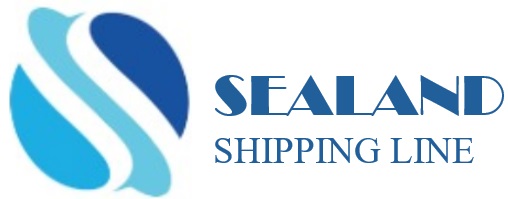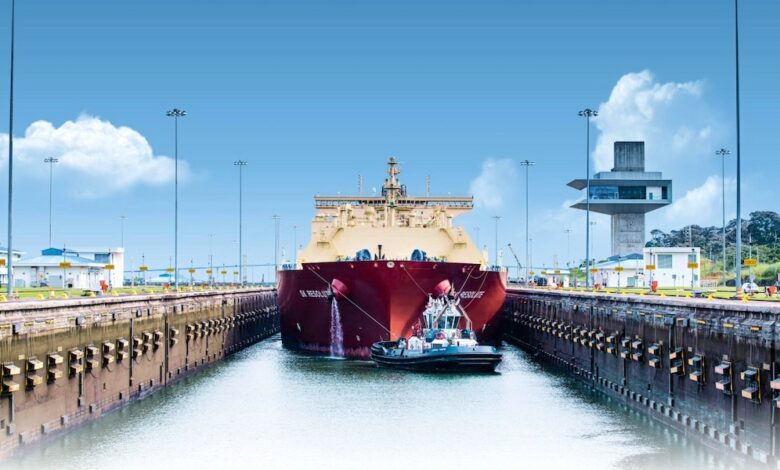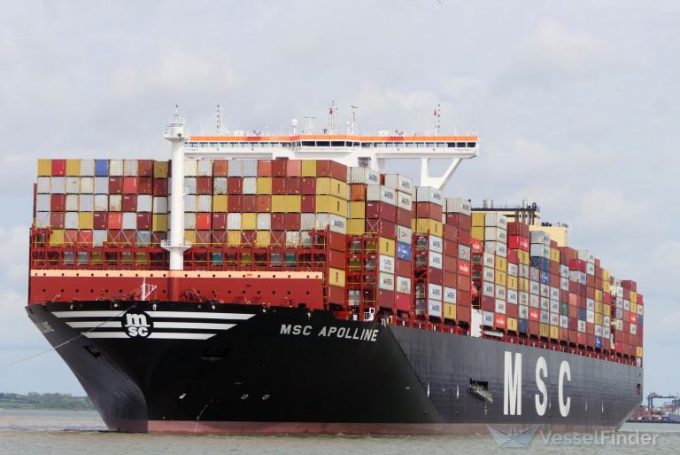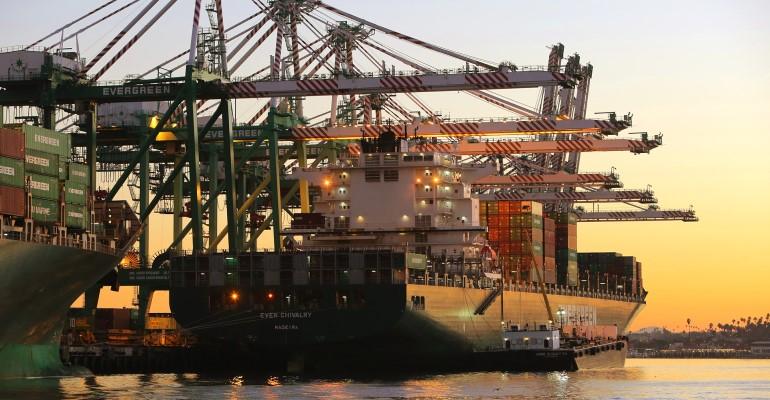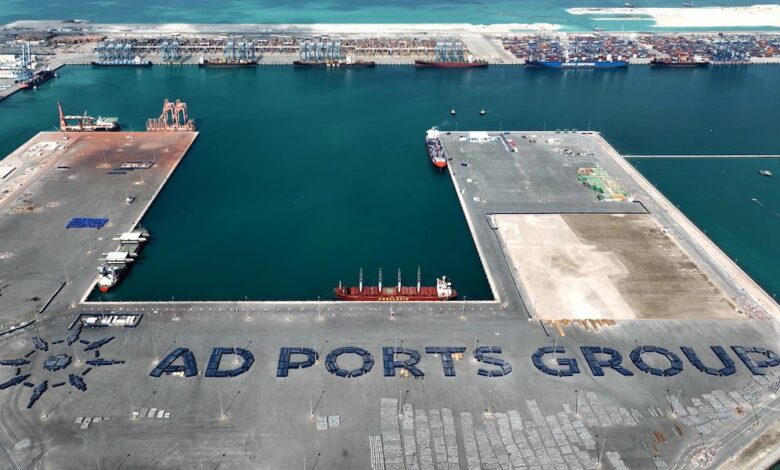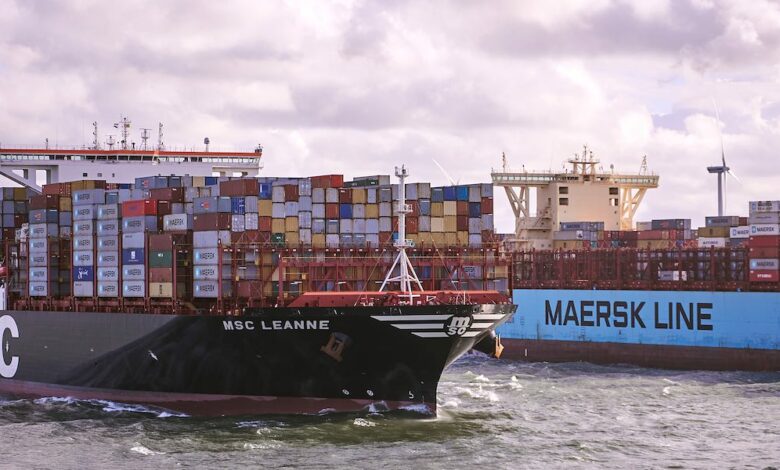Casualties rise as rate war intensifies on the transpacific ‘battleground’
Sam Chambers Splash247.com
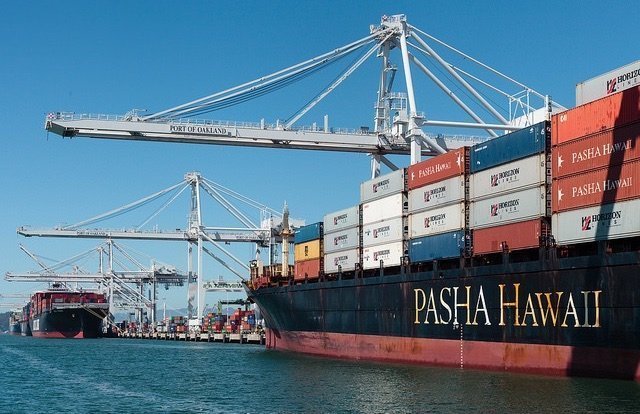
Small entrants into the transpacific container tradelanes during the pandemic boom times are beating a retreat.
Analysts at Linerlytica note CU Lines and Pasha are the latest carriers to exit the trade, following the earlier departure of niche carriers such as Transfar, TS Lines, SeaLead, BAL, CIMC and Jinjiang Shipping where with rates at $1,500 per feu it has become impossible to make a profit using 2,500 teu class ships.
“Transpacific freight rates are expected to drop further as the Asia-US trade has become the new battleground for carriers as the rate war intensifies while casualties have already started to pile up,” Linerlytica noted in its latest weekly report.
Last week’s Drewry World Container Index saw spot rates to the US west coast slide by another 8%, leading Lars Jensen, founder of container advisory Vespucci Maritime, to comment via LinkedIn: “This is at a point where we ought to begin to see the first small impact of peak season. If profitability is a priority for the carriers we should see a ramp-up in blank sailings.”
Niche carriers on the transpacific trade are forecast to drop below the 1% mark soon by Linerlytica, from a peak of 5% in December last year.
The Asia-North America trade, including to the east and Gulf coasts, remains the second largest tradelane after Asia-Europe, with latest data from Alphaliner showing 18% of world fleet deployed on the fleet.
Among the global carriers, Linerlytica data shows COSCO, CMA CGM and Evergreen continue to battle for the top spot after MSC, ONE and Maersk slipped down the rankings.
